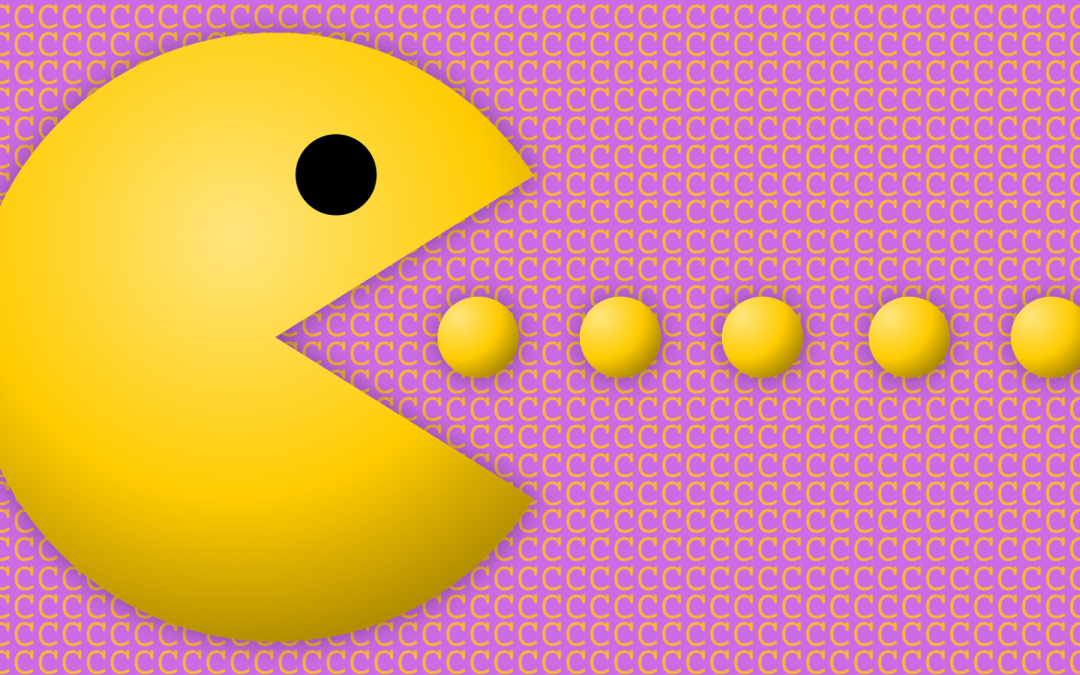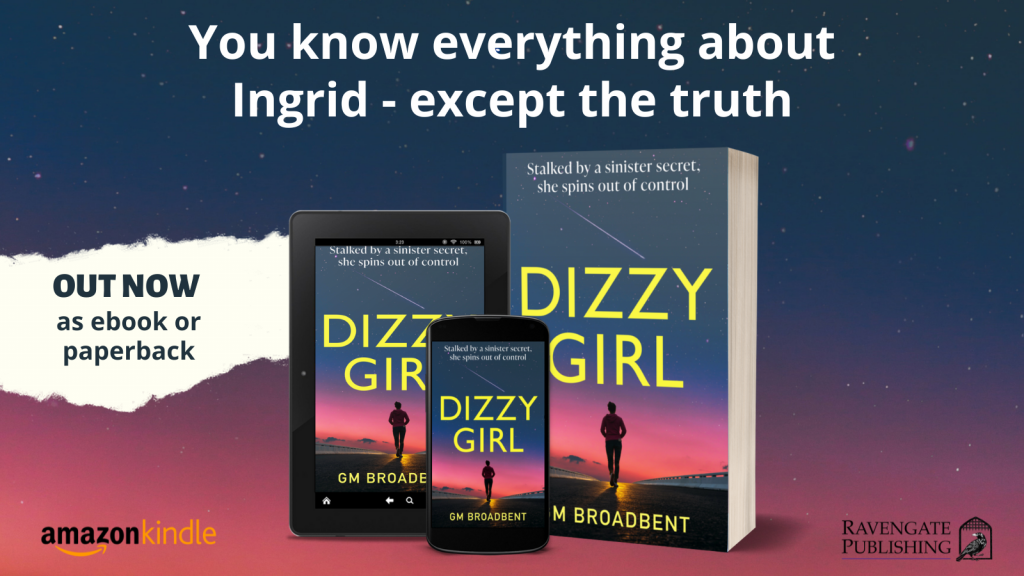Use these 5 Cs to create a compelling story from sequences or scenes. Plus, there’s a bonus 2 Cs if you want to better understand storytelling.
Storytelling is a powerful tool for engaging and captivating an audience. Whether you are writing a novel, screenplay, or even just telling a story to a friend, the way you structure your narrative can have a big impact on its effectiveness.
Story forms are believed to be hardwired in our brains. They are common to all stories, cultures, and time periods. That is why effective stories tend to have shared elements that are familiar and help to engage our attention and emotions.
There’s something about storytelling
There’s something about the telling of stories that melts away our resistance and makes us susceptible to the message. Stories hold a unique position of reverence and significance in our human make-up.
For that, they need a specific set of tools and techniques.
This is about the nuts and bolts of the craft. It’s about how to construct and structure a story.
Here are the 5 simple Cs:
- Catalyst
- Conflict
- Crisis
- Climax
- Conclusion
If your narrative has this sequence of dramatic turning points, then you have a story.
1. C is for Catalyst
You are now embarking on your story. Here are is the first tool you need: a catalyst.
For there to be a story at all, things must change. Cinderella must go to the ball. Luke Skywalker must join the rebellion. Walter White must receive a terminal diagnosis. Stories are about change and progression: change in perception of ourselves, change in our circumstance.
A character begins by being perfectly enmeshed in a serene world of their own creation. We, the reader, cannot leave them there, content and untroubled – not if we are to be entertained.
- 9 brilliant (and practical) tips on how to tell a great story
- Where has your creativity gone? (And how to get it back)
The Catalyst is also known as the Inciting Incident, which sets events in motion. It can be a dramatic event, such as a crime or a disaster, or it can be a more subtle shift in the character’s circumstances, such as a change in relationships or career.
So, the Catalyst is an important element of storytelling because it introduces the central conflict or problem that the protagonist must face over the course of the story Top of Form.
2. C is for Conflict
Conflict drives the action of the story. Without conflict, there is no tension or drama, and your story will feel flat and uninteresting.
This Conflict can take many forms – it could be an external struggle between characters, an internal conflict within a character, or even a conflict with society or the environment. Whatever form it takes, conflict should be a central part of your storytelling.
Even stories seemingly without obvious conflict (in its most recognisable form – confrontation) have a related cousin – Chaos. Chaos creates its own tension and unsettling disorder that must be resolved over the course of the story. Story is essentially the quest for a return to serenity and stability – conflict and chaos are the obstacles the hero must overcome.
3. C is for Crisis
The third C, Crisis, is the peak of tension in your story.
(Remember, there should be crises too in sequences and scenes, chapters and sections but they will have lower stakes.)
The Crisis and the Climax (No.4) often come together. They are closely bonded. The Crisis tends to be internal. It is the peak emotional point in a story, sequence or scene. It is the dilemma the protagonist faces. It is the racked moments of thought when the protagonist is making the decision on what action to take as a result of Conflict.
It is the moment when the devil is one shoulder, the angel on the other, blabbing alternative and opposing courses of action. The protagonist must quiet everything and decide for themselves, a decision driven by their own character and values. And what they have learnt since the Catalyst.
It is often said that “character is the decisions we make under pressure”. Crisis is the process of decision-making.
4. C is for Climax
The Climax is the physical outcome of the Crisis. It is what the character does with the decision they have made. It is how this decision manifests itself in the real world.
In a lower order scene or sequence, for example, it might be the character deciding to make up with their partner after a row. These are small stakes in Story terms, but important in revealing their thoughts, feelings and values.
At a Story level, the Climax inevitably results in a showdown with the character’s nemesis, clear-cut victory (or defeat) and the resolution of the plot.
5. C is for Conclusion
This is the point at which the characters’ actions and the outcome of the story are fully revealed, and the story is brought to a close. It is a return to stability, albeit with the character utterly changed by their experiences. They have learnt something, they are more self-aware.
The conclusion should tie up any loose ends and provide a sense of closure for the reader.
Or, at a sequence or scene level – mid-story – you can exchange Conclusion to Cliffhanger. The Crisis/Climax has pushed the protagonist into a course of action which has raised the stakes or increased the tension. This should leave the reader hungry to know what happens next. Stoke that feeling.
Conclusion ends the book. Cliffhanger keeps it very much alive.
And here are the storytelling bonus 2 Cs
Numbers 1-5 which you’ve just read are “technical Cs”. They’re the tips and techniques you can use to construct your story. They’re the Cs you’ll use with a pen in your hand or a keyboard at your fingertips.
The final two, they’re the “meta Cs”. They’re more about understanding your own motivation. These are the Cs you’ll ponder on in the bath or in bed during a sleepless night.
6. C is for Compulsion
The first meta C.
Professor Stephen Hawking asked a profound question. He asked, why is there something instead of nothing. In cosmological terms, a state of nothingness seems simple and obvious. On the other hand, the organisation of particles, planets, people and things takes a whole like a lot of organisation, rules and energy.
The first meta C – Compulsion – asks the same question.
Why do you want to write a story as opposed to not writing a story. What is the point and the purpose? What irresistible urge is there within you to put your story in to the world.
This could be something as simple as espousing a moral lesson, or something as complex as a commentary on society or love. Either way, you must understand why you want to tell this story this way and not another story another way.
Figure it out, because writing a novel, say, is a lot of work. You’re going to need stamina.
7. C is for Community
The second “meta C”, Community is often overlooked but, at a deep level, it is why we write stories. Storytelling is about creating a sense of community, based on recognition of common traits and a shared sense of awe, experience and discovery.
Storytelling has always been a means to understand our basic humanity, to recognise we are not alone in our woes and worries, to dissolve the boundaries of the individual, and to find the links that cohere societies.
Creating art makes you part of an epic programme of cultural and evolutionary necessity.
Tell your story, share your story.
Five of the greatest stories of all time
Here are five stories that are often considered to be among the greatest of all time. They also reflect the tradition of storytelling across epochs and cultures.
- The Epic of Gilgamesh – This ancient Mesopotamian epic poem tells the story of Gilgamesh, a legendary king who embarks on a journey of self-discovery and encounters a series of challenges and adventures.
- The Iliad – This ancient Greek epic poem tells the story of the Trojan War, with a focus on the hero Achilles and his role in the conflict.
- Beowulf – A celebrated work of an Anglo-Saxon dialect of Old English, the starting point of English literature and forgotten for 1,000 years, Beowulf is a 6th century poem that chronicles the hero’s exploits in conquering three monsters.
- The Mahabharata – This ancient Indian epic tells the story of a great war between two branches of a royal family, and it is considered one of the longest and most important works of Sanskrit literature.
- The Divine Comedy – This epic poem by Dante Alighieri tells the story of the poet’s journey through Hell, Purgatory, and Heaven, and it is considered a masterpiece of medieval literature.


